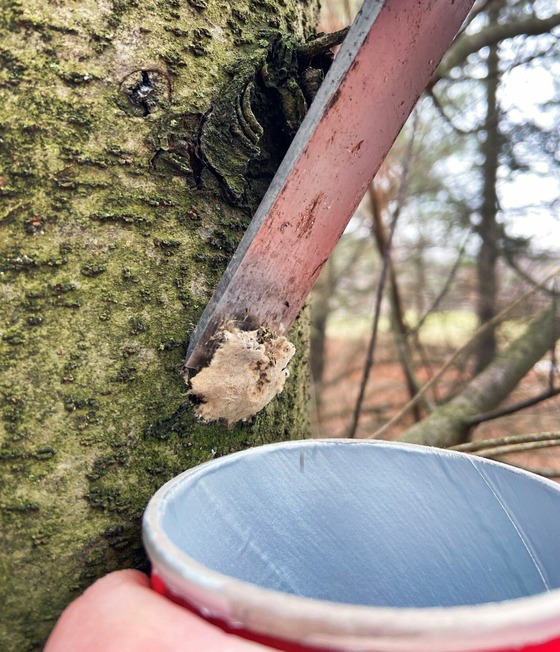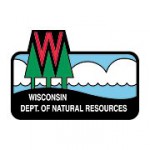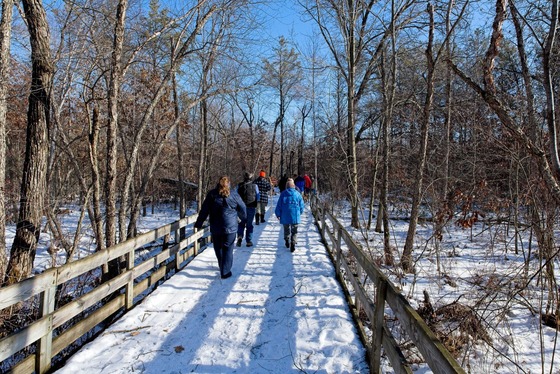DNR Encourages Property Owners To Make Spongy Moth Treatment Plans Early

To figure out if spongy moths are on your property, look for their egg masses, which will look like tan-colored lumps about the size of a nickel or quarter. / Photo Credit: Wisconsin DNR
MADISON, Wis. – The Wisconsin Department of Natural Resources (DNR) encourages property owners to examine their trees for spongy moth egg masses and determine whether control measures are needed this spring.
Spongy moths thrive in warm and dry weather, but even with “average” weather conditions this spring and summer, the current spongy moth outbreak, which led to the defoliation of a state-record total of 373,000 acres of woodland last year, is likely to continue to spread.
Property owners with oak, birch, crabapple, aspen, willow and linden (basswood) trees should be exceptionally watchful because the caterpillars of this invasive insect prefer these species. However, they will feed on many other kinds of trees and shrubs.
To figure out if spongy moths are on your property, look for their egg masses, which will look like tan-colored lumps about the size of a nickel or quarter. These egg masses are found on trees, buildings and other outdoor objects. They may also be found inside sheltered places such as firewood piles and birdhouses. Egg masses produced in 2023 will feel firm and appear darker in color than older egg masses, which will appear faded, feel spongy to the touch and do not contain viable eggs.
These egg masses will typically begin to hatch in mid-to-late April in southern Wisconsin. Horticultural oil, available from many lawn and garden centers, can stop these egg masses from hatching if applied when temperatures are above freezing. You can also use a knife, chisel or similar utensil to scrape unhatched egg masses into a can of soapy water. Once egg masses have been removed, leave them to soak in the water for a few days before disposing in the trash.
Once the caterpillars hatch, Insecticide treatments, including foliage sprays and soil and trunk injections, may be a suitable control option. A professional treatment is likely needed when there are high numbers of egg masses on large trees. When low or moderate numbers of egg masses are present, physical controls can often be used to reduce pest impacts and make insecticide unnecessary.
Host trees that suffered heavy defoliation or drought stress in 2023 are at a higher risk of dying, especially if they are not protected with insecticides, and they suffer noticeable leaf loss again this year. Low-vigor oak trees are likely infested by the twolined chestnut borer, a native beetle, contributing to tree decline and death. Consult an arborist or DNR forester for additional management recommendations.
Planning for insecticide treatments early can ensure trees will be able to receive treatment ahead of a last-minute rush when pesticide application businesses may already be very busy. Resources for finding a qualified pesticide applicator include the Wisconsin Arborist Association, the International Society of Arboriculture and a local phone book.
Find additional information on the spongy moth online, including egg mass oiling and removal tips, physical control techniques and insecticide application instructions.
NOTE: This press release was submitted to Urban Milwaukee and was not written by an Urban Milwaukee writer. While it is believed to be reliable, Urban Milwaukee does not guarantee its accuracy or completeness.
Mentioned in This Press Release
Recent Press Releases by Wisconsin Department of Natural Resources
DNR Confirms CWD in Wild Deer in La Crosse County
Dec 22nd, 2025 by Wisconsin Department of Natural ResourcesBaiting And Feeding Ban Extended





















